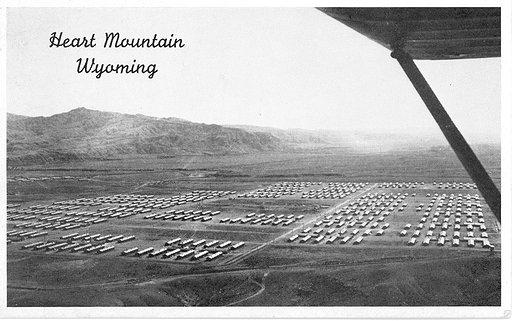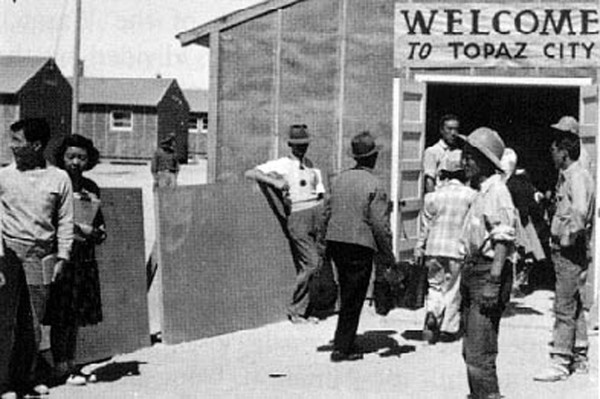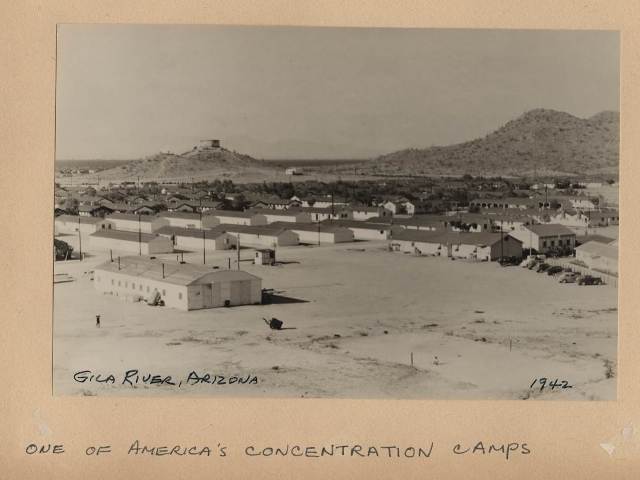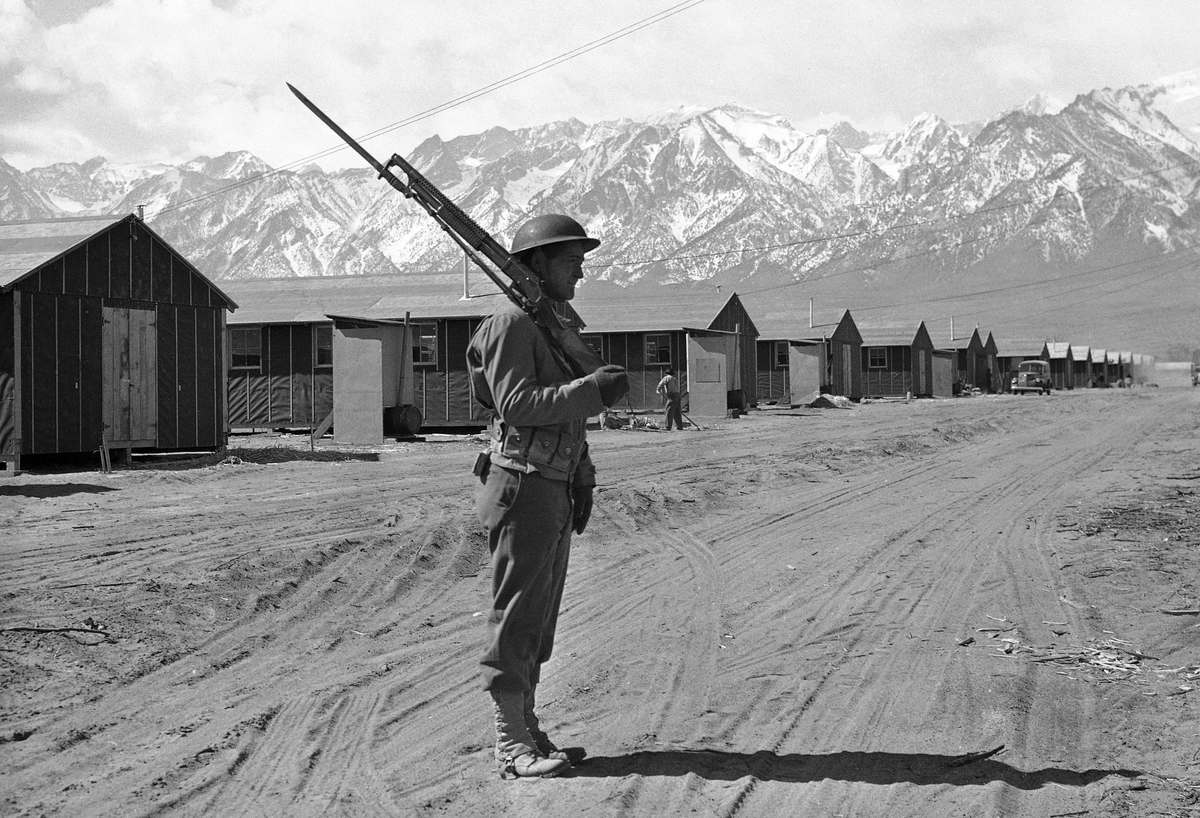In the Camp
Camp Locations and Structure
Japanese Internment Camps were located in isolated area like desert and swampland. The camps were designed with hospitals, schools, factories, warehouses, offices, and resident houses. The camps were surrounded with barbed wires and guardposts.
The camps were separated by blocks. Each block had about twelve barracks, a latrine, a laundry, and a recreational hall. Each barracks measured 20 by 100 to 120 feet and divided into four to six rooms. Each room had a stove, a lightbulb, cots, and mattress filled with straw.
Jobs
In the camps, children went to schools and adult work. The jobs that were offered were essential to keep the camp running in order. Each camp have a hospitals which mean there were doctors, nurses, dentists. Each camp have newspapers which mean there were journalists, typesetters, and illustrators. Each camp also have stores which mean there were cashiers and salespersons. Mess hall require cooks and administrators to run. Sanitation workers were unforgiving but vital to keep the latrine clean. There were also farmers to produce their own vegetables and meat. The wages were as low as $12 to $19 a month.
School and Sport
The condition of the schools were often crowded, with a student-teacher ratio of up to 48:1 in elementary school and 35:1 in secondary school. WIthout funding, the children lack school supplies and material to study. There were lack of teachers despite of high wages because the teacher had to live inside the camp. In the school, students were taught of math, science, English, social studies, as well as extracurricular activities like painting and weaving.

Internees also have sports to pass time. Sports, like baseball for men and softball for women, united internees and formed large crowd. Once baseball season end, internees turned to football.

Living Condition
These barracks were poorly insulated which allowed dust from sand storms to come in. They also provided with little privacy because you can hear what the next family talk about. The shower room didn’t specify gender so men and women have to talk shower next to each other. Since there’s only one latrine and laundry, many internees have to wait in long line in the sun or the mud.

Dust storm at an Internment camp
Everyone was required to eat in the mess hall. The food in the camps were canned goods, bread, egg, and vegetables. Since there were thousands to feed, the government sended low quality and bland food from the military. Japanese food like rice and fish were replaced with macaroni with cheese and hamburger.

A mass hall in an Internment camp






















